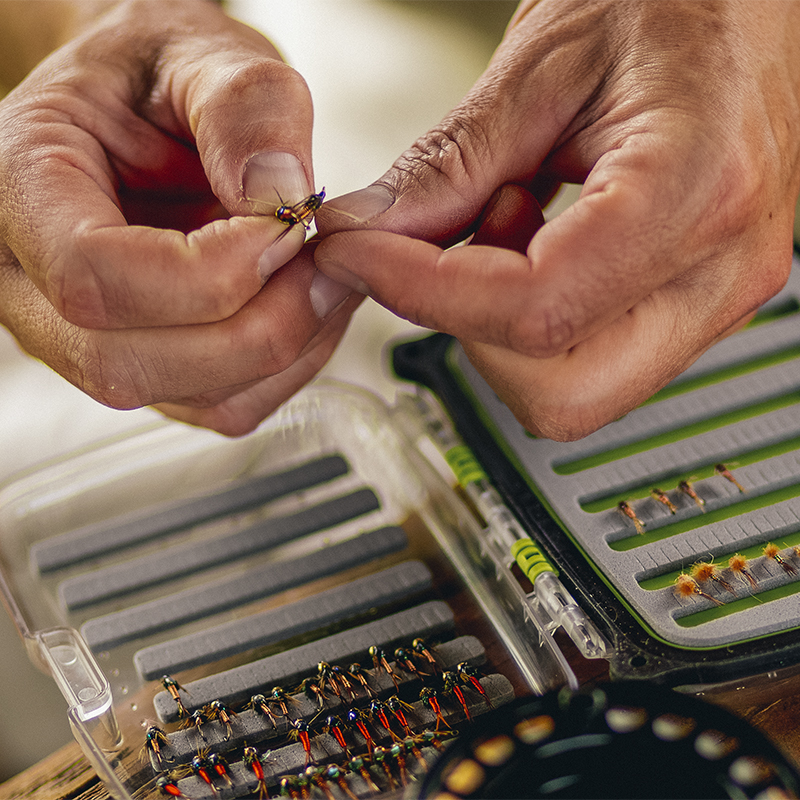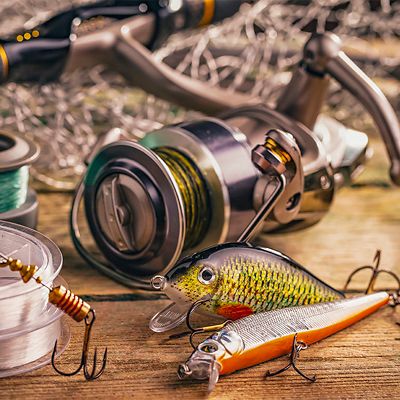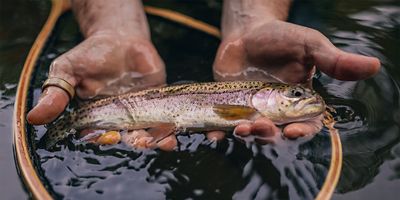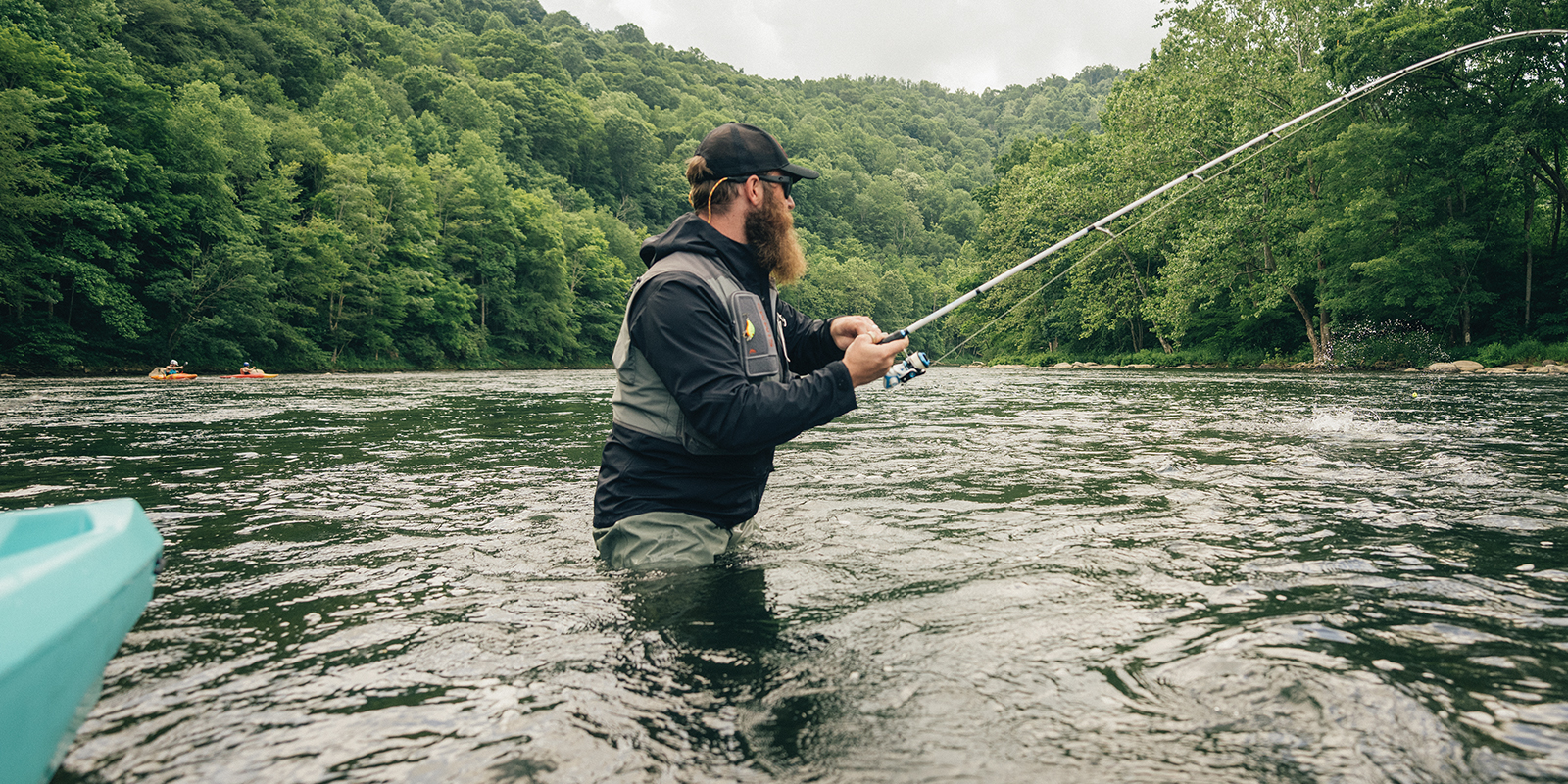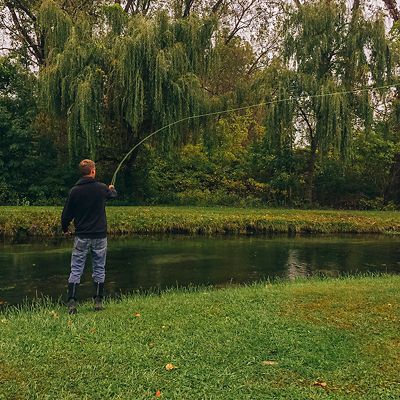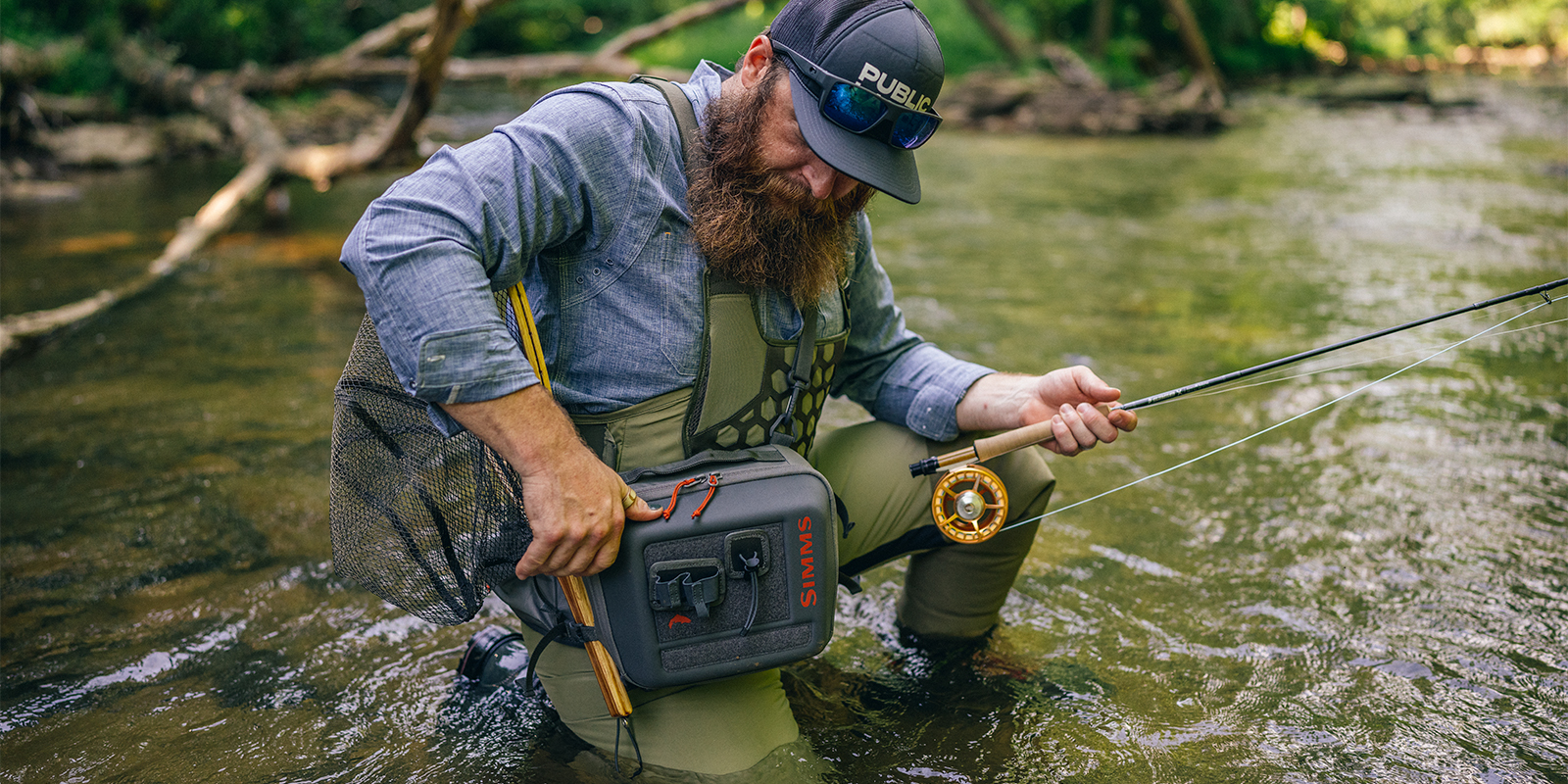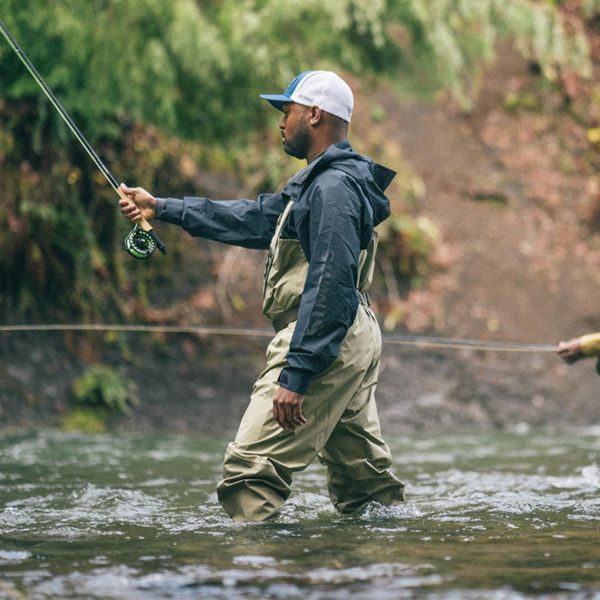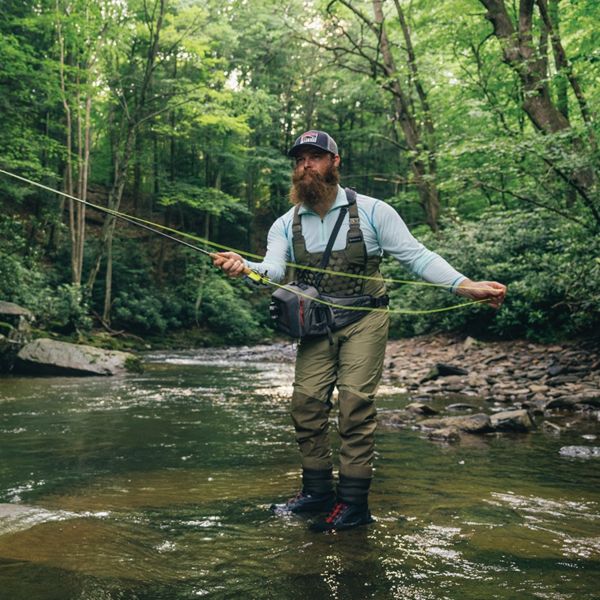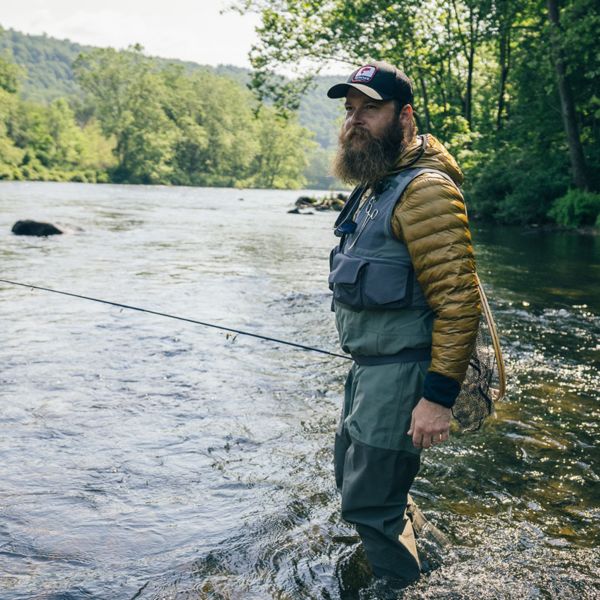When the weather starts to turn, the fun of hanging out with your feet in a stream can start to fade. But the end of one fishing season only means that the next is coming: It’s time to prepare by loading up your fly box with a pile of homemade bugs. Fly tying is a relaxing way to spend your winters or evenings, keeping your fishing passion alive when you can’t actually be tossing flies or swinging a rod. It’s a fun, effective way to practice your skills identifying fish food (known to most as flies). And, surprisingly, it doesn’t take much to get going and start filling your fly boxes with homemade critters.
Get a Vise
The vise is your workstation as a fly tyer. It holds your hook and fly stationary while you work on it, in whatever orientation you need. All vises serve the same purpose, so start with a more budget-friendly version and upgrade down the road as you identify additional features that you want. Look for one that can accommodate the size hooks you plan to tie with. Choose either a pedestal-style vise (which simply sits on top of your table or desk) or a C-clamp-style vise (which clamps to a table or desk surface).
Grab the Tools
Though a few everyday fly-fishing tools (like scissors or tweezers) can help you start tying, you’ll need a handful of essentials for specific tying tasks. Don’t worry: Like the vise, you can splurge for top-dollar options, or cover yourself with the basics and upgrade later. But consider making a list and picking up at least some version of all of these:
- Bobbin: This holds your fly-tying thread while you’re tying your fly.
- Scissors: Think small and super sharp. Biting off thread with your teeth isn’t an option with hooks involved. Find a pair that you can dedicate to fly tying.
- Whip Finish Tool: This tool looks like a weirdly bent pick and is used to tie off your fly—it makes a strong knot that will hold the fly together.
- Bodkin: This thin metal needle helps clear out glue or head cement from the eye of your hook. You might have one of these in your fly-fishing kit already, attached to some nippers or forceps.
- Hackle Pliers: These are tiny pliers good for holding material otherwise difficult to work by hand.
- Tweezers: Similar to hackle pliers, you’ll be working on small components with these.
- Head Cement: A bottle of this stuff is used to lock things down as you add material to your fly.

